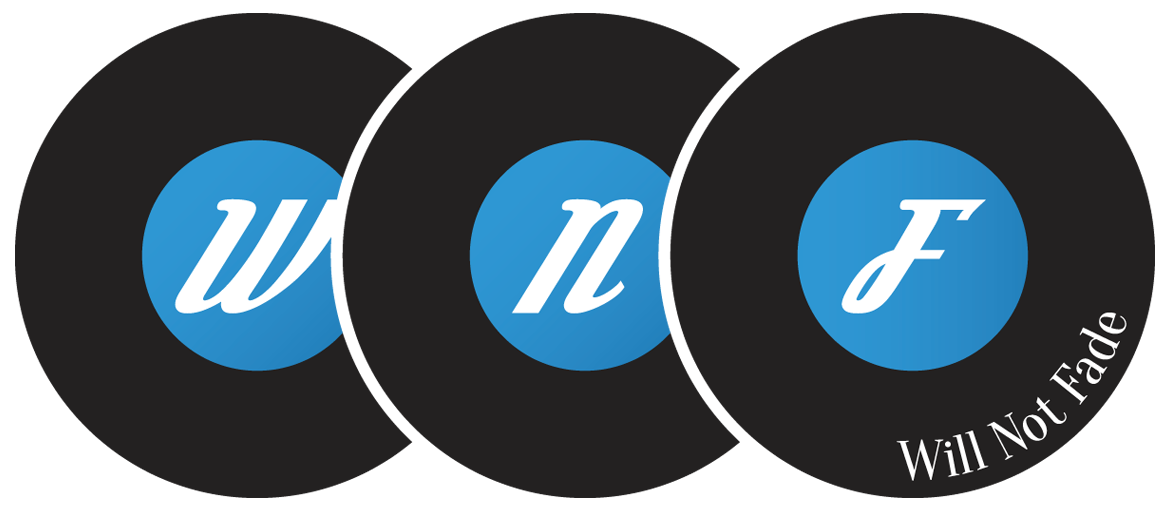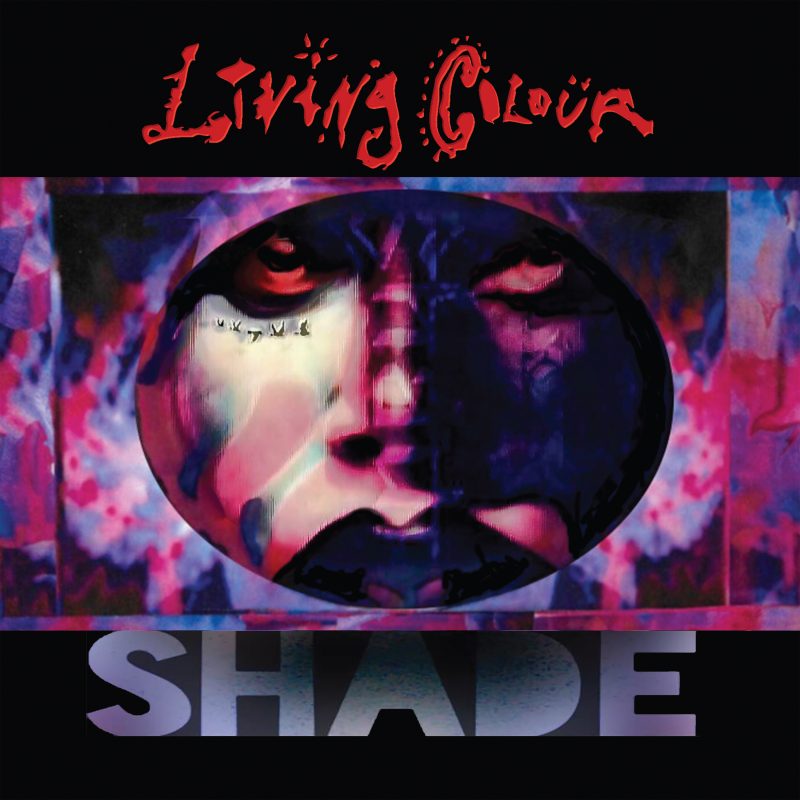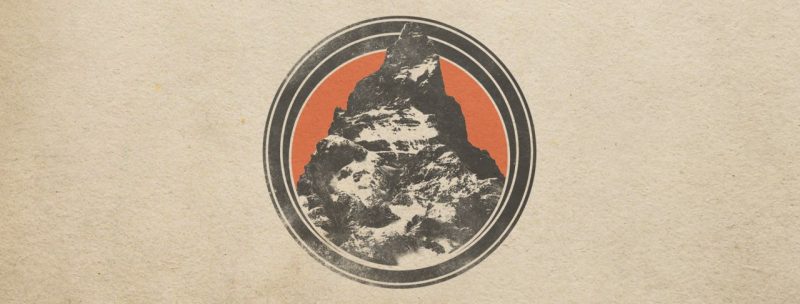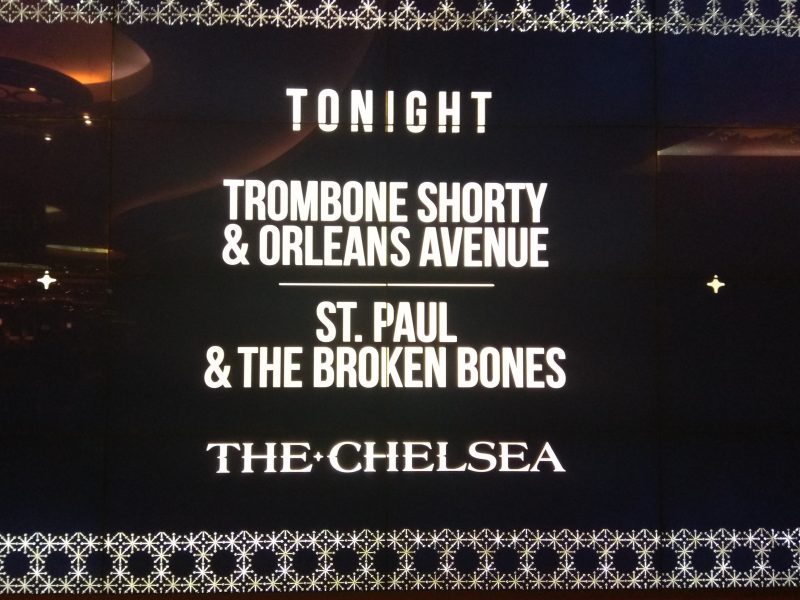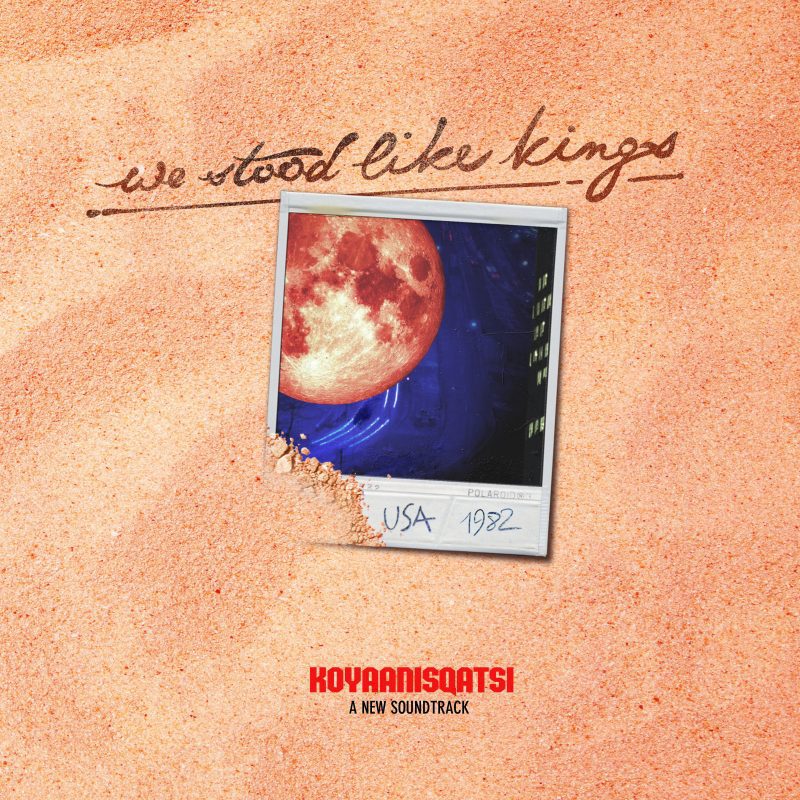It’s a shame that Living Colour haven’t been seen as current since the 90’s because they are immensely talented. But the eight year gap between albums has removed them from the limelight.
Hopefully their new album Shade will do something to redeem this because Living Colour deserve more attention. The quartet is composed of some of the best players I’ve seen. They take the best of rock, blues, hip-hop, metal, soul, jazz and funk, and combine it into brilliant music with a conscience.
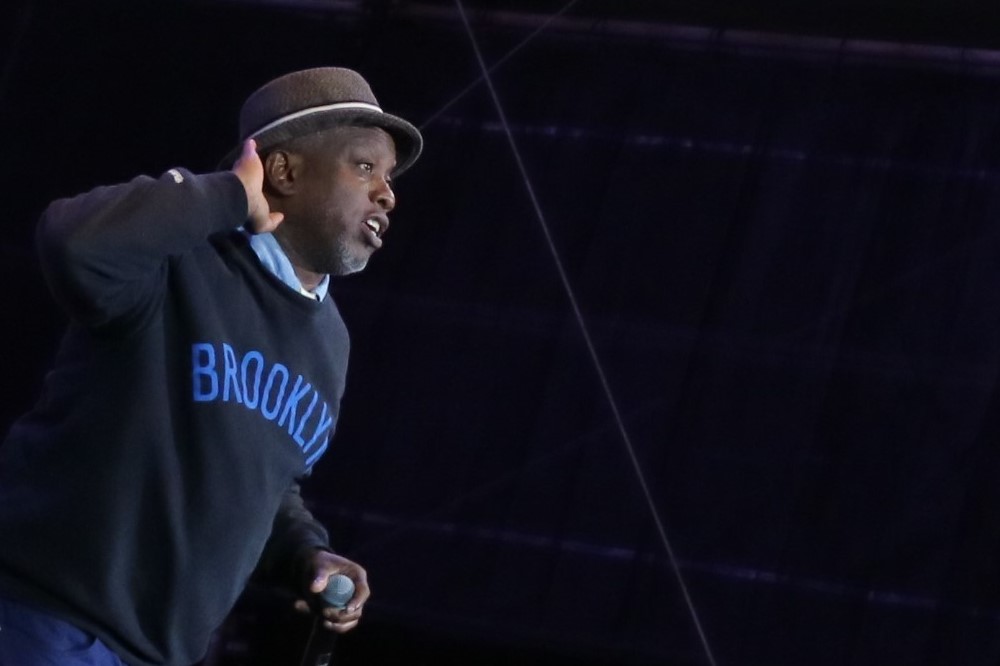
Corey Glover. Photo by Will Not Fade
We already had a taste of the album earlier in the year with two covers featured on Shade. One is a cover of Robert Johnson’s “Preachin’ Blues”. This is the song that really laid the tone for the record, giving the band inspiration to take a bluesy direction. “What better way to talk to the world than through the blues?” vocalist Corey Glover asks. “We recorded ‘Preachin’ Blues’ several times to jump start the project and that got everybody fired up. After that, we were ready. Shade, in its final outcome, is more of a deconstruction of the blues than an interpretation. It was the idiom that gave us our voice.” The guitars are especially grunty on this track, and singer Cory Glover’s voice packs a punch.
The other cover is a rendition of Notorious BIG’s “Who Shot Ya?”, which the band put a hard rock spin on. They selected the song partly because Glover is a massive Biggie fan, but also because it raises questions about how prevalent gun violence is in America.
Rounding off the cover hat-trick is Marvin Gaye’s “Inner City Blues”. The verses sound similar to the original with softly cooed vocals and light funky groove, but the rest is hard rocking. Gaye’s original was a commentary on the way of life for Americans at the time. Things appeared bleak, accentuated by the then-current war in Vietnam. Listening to the lyrics made me reflect on how the issues could be construed as just as relevant more than 30 years on.
Including so many covers is an interesting move. Almost a quarter of the songs on the album were written by other people – not something I would expect from such accomplished musicians. But it works, with the band placing their own mark squarely on each cover.
Vernon Reid has long been regarded as a guitar legend. His work on this album is punchy and dangerous. He’s a force to be reckoned with. And Corey Glover’s powerful voice matches him every step of the way. The two of them often pretend to bicker on stage, but their partnership is what gives the music that X factor.
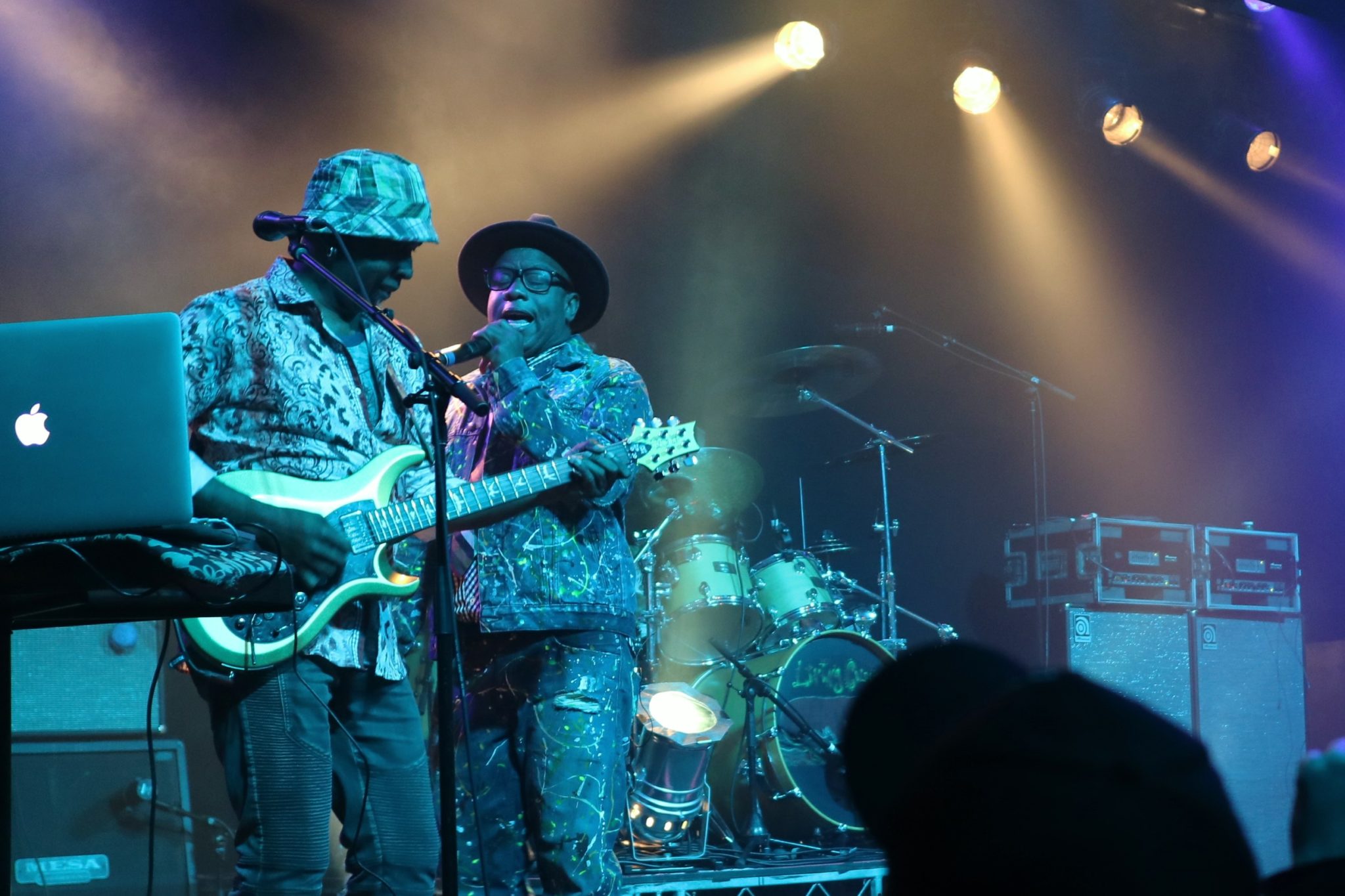
Vernon Reid and Corey Glover. Photo taken by Will Not Fade at Living Colour’s Auckland show earlier this year
“Come On” is brilliant. The softer verses played on guitar by messing with the pickup contrast against the grunty choruses. We also hear glitches in a deconstructed beat, verging on dubstep territory. I attribute this inclusion to drummer Will Calhoun. Earlier in the year Calhoun told me about growing up during the birth of hip-hop, when drum machines were at their height of prominence. He had played around with drum machines and effects, trying to elicit alien sounds out of drums, much in the same way that Hendrix drew otherworldly sounds out of his guitar.
To continue the Hendrix inspiration, the track “Invisible” pays homage to drummer Buddy Miles, who played in Hendrix’s Band of Gypsys. Miles was a friend of the band, who attended all of their Chicago shows when Living Colour started out.
“Always Wrong” is a more tender moment on the album, showing Corey’s diversity as a singer. By contrast, “Pattern In Time” reminds me of 1990’s “Time’s Up”, with a direct, thrashy feel.
Doug Wimbish lays down beautifully funky bass lines in “Blak Out”. The groove steps up for “Who’s That”, which includes trumpet and organ, taking me back to the Trombone Shorty show I went to a few weeks ago. Then, just to top things off, George Clinton lends his touch to album closer “Two Sides”.
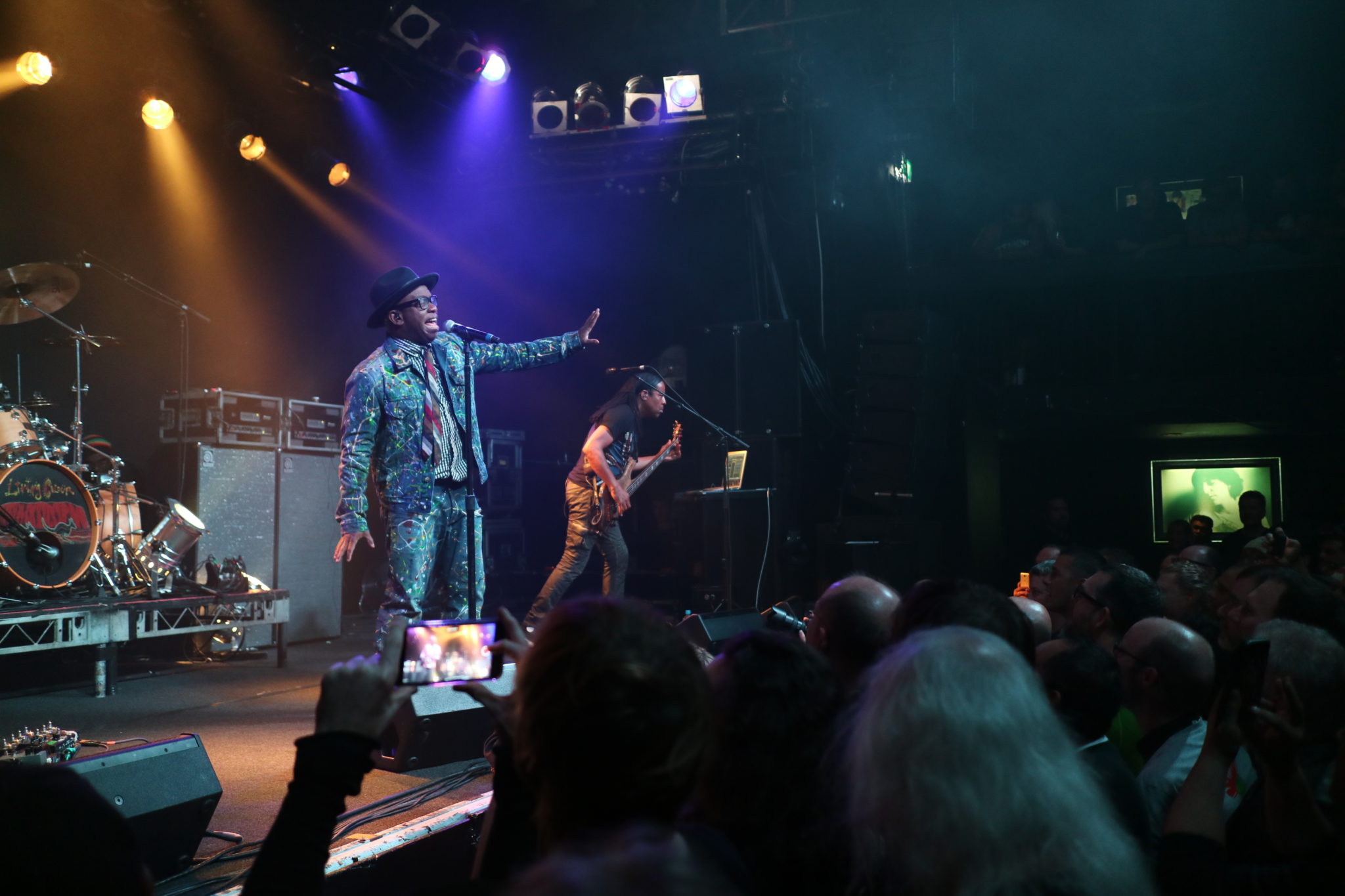
Image: Will Not Fade
As always, Living Colour continue with the political content. Some obvious example include the hip-hop inspired “Program”, which explores how reliable the media are these days, in an age of click bait and fake news; or Biggie’s “Who Shot Ya?” which looks at gun violence, especially the way it is framed visually in the music video. And it’s great to see that the band stands by their values regardless of the current political climate. Shade has taken a long time to write, starting back when Barack Obama was in office. So sure, some songs may be in reaction to an orange man living in a white house, but Living Colour will always campaign for human rights despite who is in power.
When I interviewed Calhoun earlier in the year I raised that Living Colour often include social commentary in their work. He proudly agreed, sharing that “some of our songs deal with gender, discrimination, chauvinism, bullying, and those kinds of things. We write songs based upon what we experience in life. That’s what’s most fun about being a member of Living Colour… Our music and lyrics are very present and relevant. And we hope that the music reaches people and might be. As an artist you always want to have present impact upon your audience.”
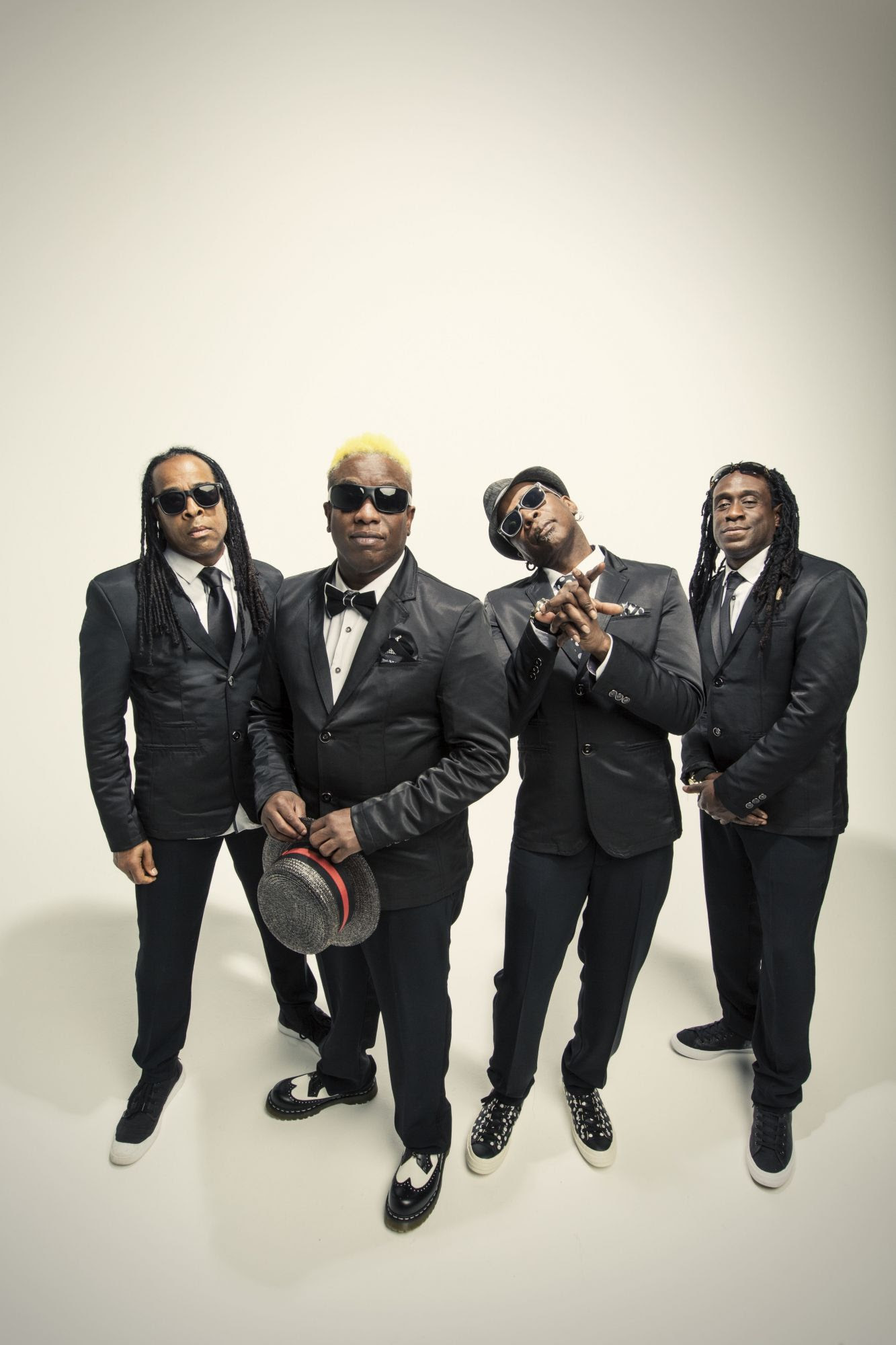
Image: Travis Shinn
Shade is heavy. No doubt about it. When you think back to the band’s iconic track, the searing “Cult of Personality”, it makes a lot of sense. When I saw the band live in Auckland earlier in the year many of the songs felt like full-on thrash metal tunes. Of course the myriad of other genres work their way into the music, but Living Colour
The track “Program” commences with a sample of an interview with rapper Scarface. He’s humming the riff to “Cult of Personality”, trying to remember the name of the band who plays it. “Living fucking Colour!” he remarks when the interviewer tells him, “find me another rock band, seriously!”, implying that Living Colour are the only band that truly rock out.
There was never any doubt in my mind that Shade would deliver. The four musicians in the band are such talented veterans of rock. I’ve had the privilege of seeing both Living Colour and another band featuring guitarist Vernon Reid and singer Corey Glover this year, making my anticipation all the more real. And just like I expected, they nail it. The music is powerful in many ways, musically and thematically. I hope that Shade reinstates Living Colour back in place as rock legends.
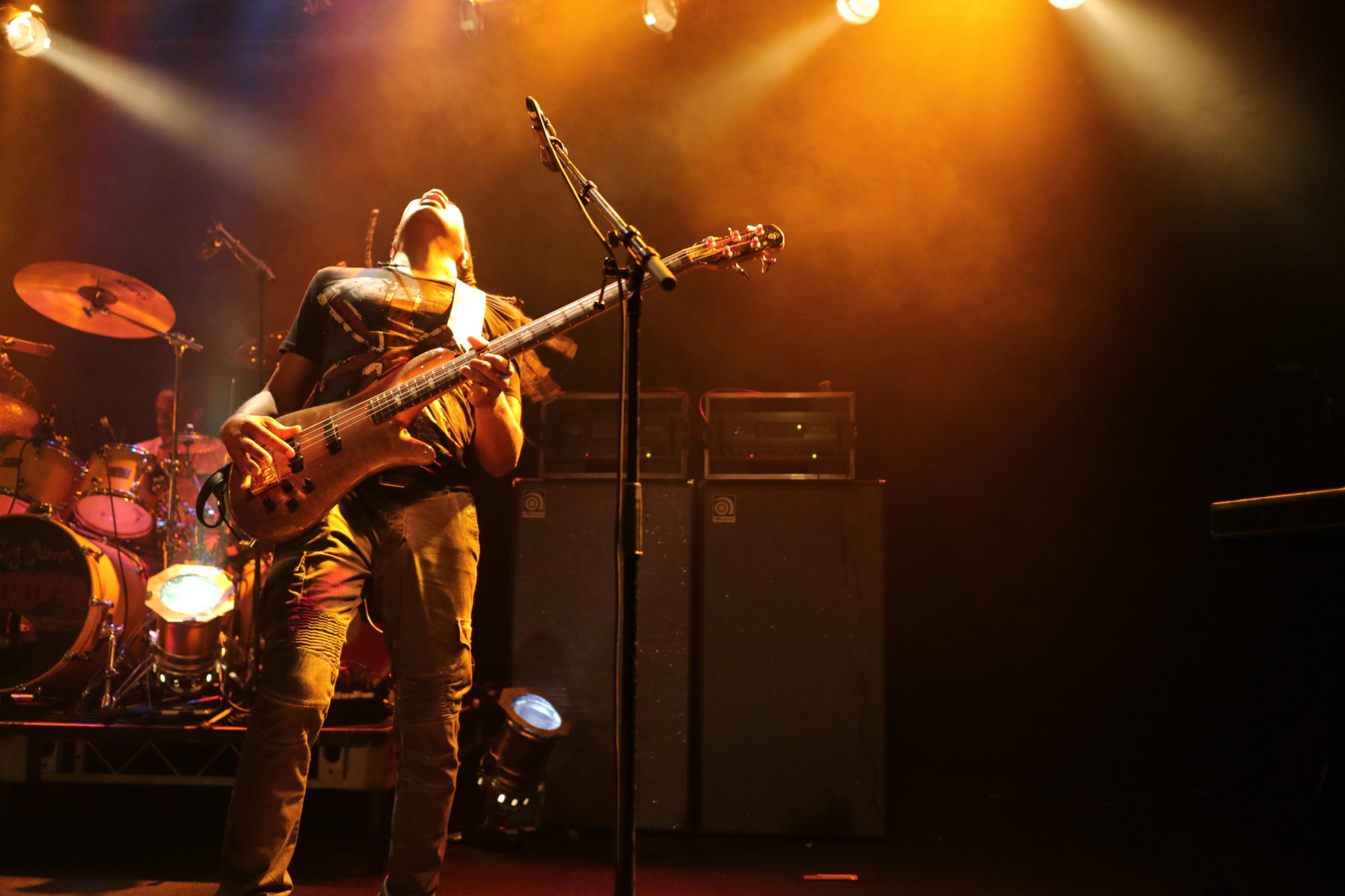
Doug Wimbish. Photo by Will Not Fade
Living Colour links:
Website: http://www.livingcolour.com/
Facebook: https://www.facebook.com/LivingColour/
Twitter: https://twitter.com/LivingColour
Youtube: https://www.youtube.com/channel/UCBp5wftf7WswgIko42GUfWQ
Joseph James
